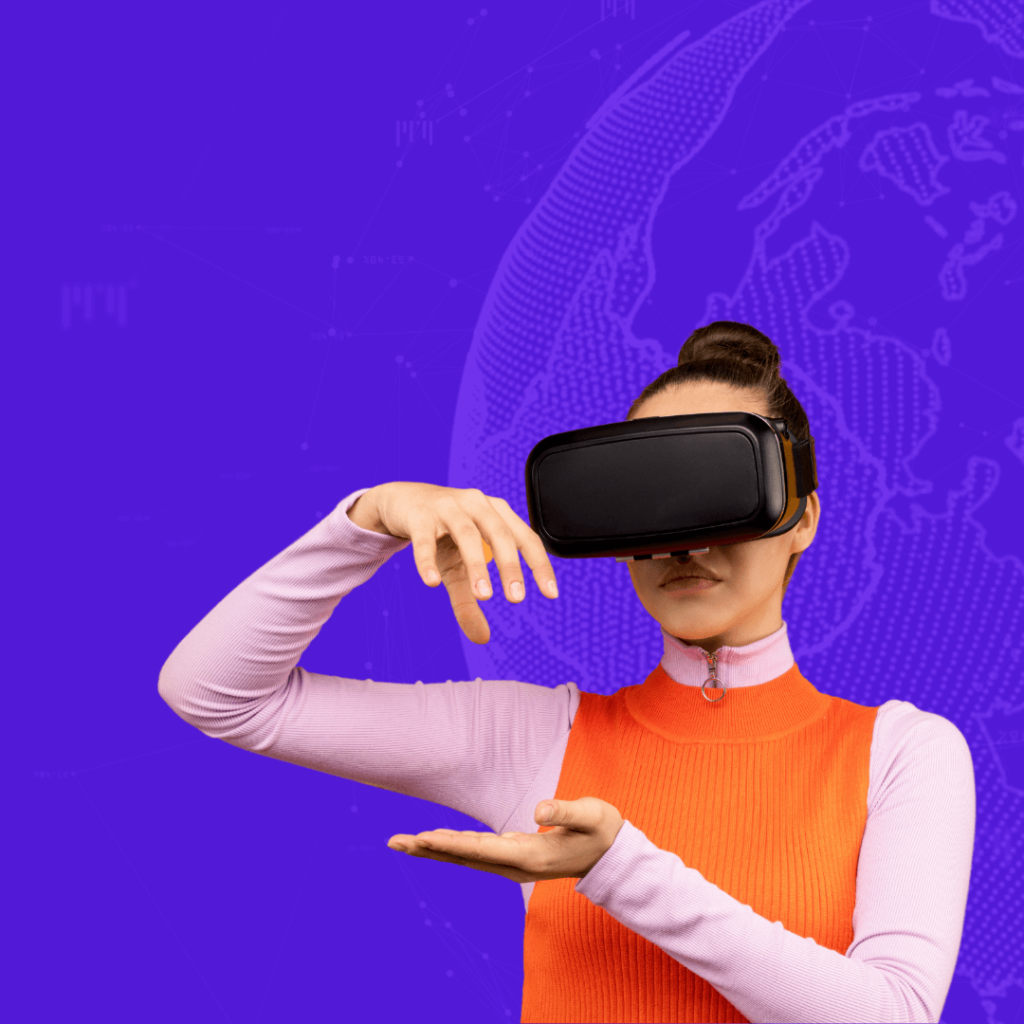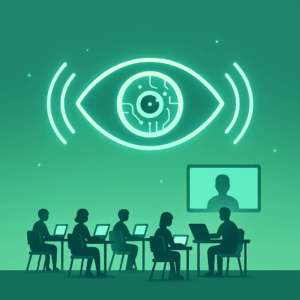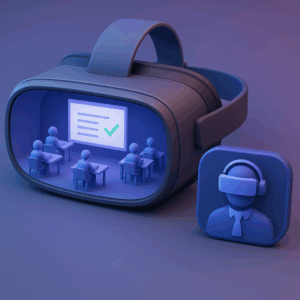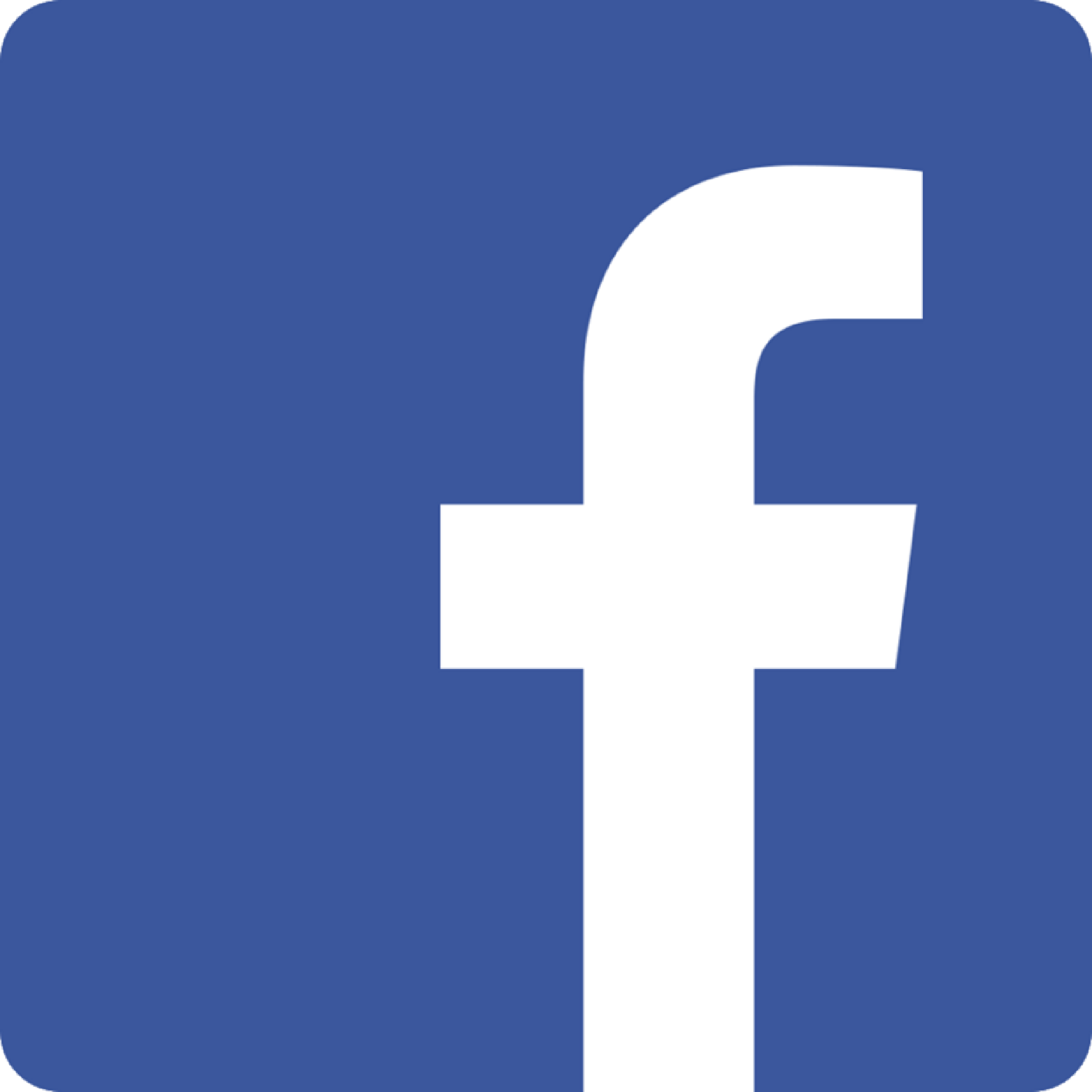Online learning has rapidly become a popular and effective alternative to traditional classroom-based education, offering students flexibility and accessibility. However, it can often need more interactivity and engagement in face-to-face learning experiences. Virtual reality (VR) technology has emerged as a solution to this problem, offering an immersive and interactive experience that enhances the eLearning platform environment. In this blog, we will explore the impact of VR on online education, its benefits and challenges, and the potential it holds for the future of education.

Online learning has revolutionized education, providing learners with the flexibility and accessibility to study and learn at their own pace. However, the traditional online learning experience can need more interactivity and engagement in face-to-face learning. This is where virtual reality (VR) technology comes in, offering an immersive and interactive experience that enhances the online learning environment. In this blog, we will explore the impact of VR on online education, its benefits and challenges, and the potential it holds for the future of education.
What is Virtual Reality?
VR technology is a computer-generated simulation replicating an environment that provides experience through sensory stimuli, such as sight and sound. The user wears a headset that tracks their movements, allowing them to interact with and navigate the virtual environment.
VR technology has been around for decades, but it is only in recent years that it has become more accessible and affordable, thanks to advancements in technology. Today, VR is useful in various fields, from entertainment and gaming to healthcare and education.
Why is virtual reality important for students?

VR education is important for students because it offers an immersive and interactive learning experience that can enhance their understanding and retention of course material. VR can provide hands-on experience without the associated risks and costs, improve student engagement and motivation, and help to level the playing field for students with different learning styles or abilities. As technology advances and becomes more affordable, VR will become an increasingly important tool for educators to provide students with a dynamic and effective learning experience.
Why is online learning important?
Online learning is important because it gives students access to education regardless of their location or schedule. With online learning, students can study at their own pace and on their schedule, making balancing education with work, family, and other responsibilities easier. Online learning also offers a wider range of courses and programs, allowing students to pursue their interests and career goals. Additionally, eLearning can be more affordable than traditional education, as it eliminates the costs associated with commuting, housing, and other expenses. As technology advances, online learning will become an increasingly important tool for education and workforce development.
What are the advantages of online learning?
Online learning offers several advantages for students compared to traditional classroom-based education. First, it provides flexibility and convenience; students can access course material and lectures from anywhere. Second, online learning often offers a wider range of courses and programs, allowing students to pursue their interests and career goals. Third, it can be more affordable, as it eliminates the costs associated with commuting, housing, and other expenses. Fourth, online learning can promote self-directed learning and critical thinking skills, as students must take more responsibility for their learning. Finally, eLearning can promote collaboration and networking among students from diverse backgrounds and locations.
Benefits of Virtual Reality in Online Learning

One of the biggest benefits of VR in online learning is the ability to provide learners with an immersive and interactive experience. Unlike traditional online learning experiences, where learners are often limited to reading text and watching videos, VR allows them to explore and interact with course material in a way that feels more like a real-world experience.
For example, a medical student studying anatomy could use VR to explore the human body in 3D. It allows them to understand better how the body works and how different body parts are connected. Similarly, a geography student could use VR to explore other parts of the world. It facilitates them to experience different cultures and environments in a way that would not be possible in a traditional classroom setting.
In addition to providing an immersive learning experience, VR can improve student engagement and retention. According to a study by the University of Maryland, students who used VR to learn could retain information better than traditional methods. VR allows students to learn through experience rather than just reading or watching.
Challenges of Virtual Reality in Online Learning
While VR has the potential to revolutionize online learning, some challenges need attention. One of the biggest challenges is accessibility. While VR technology has become more affordable in recent years, it is still not accessible to everyone. In addition to the cost of the technology itself, learners also need a powerful computer and high-speed internet connection to use VR.
Another challenge is the need for specialized content. VR requires content specifically designed for the technology, which can be time-consuming and expensive. This means that not all courses are suitable for VR technology, and those may require additional resources and support.
Finally, there is also the issue of user comfort. Some learners may experience motion sickness or discomfort when using VR. This experience may impact their ability to learn and engage with the course material.
The Future of Virtual Reality in Online Learning
Despite the challenges, the future of VR in online learning is promising. As technology advances and becomes more affordable, we expect more institutions and organizations to incorporate VR in eLearning programs.
Some institutions are already using VR in innovative ways. For example, the University of Arizona has created a VR simulation. This simulation allows students to explore different careers and gain hands-on experience before entering the workforce. Similarly, the University of Central Florida has used VR to create a virtual laboratory for physics students. This technology allows them to conduct experiments in a safe and controlled environment.
As VR technology improves, we can expect new applications and use cases. For example, VR could create personalized learning experiences that adapt to the needs and learning.
Summing Up
We can conclude our discussion on the impact of metaverse virtual reality on online learning. This technology can potentially revolutionize how we learn and engage with course material. While there are still challenges to overcome, such as accessibility and affordability, the benefits of VR in education are undeniable. As more and more institutions and organizations incorporate VR into their online learning programs, we can expect to see a new era of education. This breaks down barriers and provides learners with an immersive and interactive experience.











